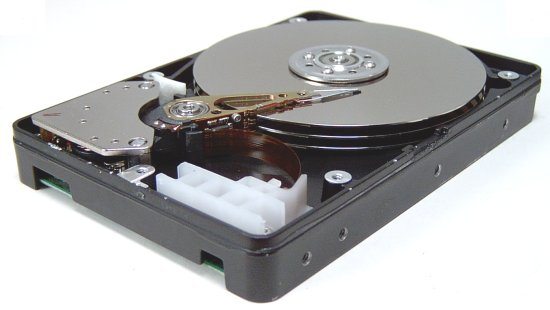HGST Uses Self-Assembling Molecules and Nano-Imprinting to Double HDD Capacity
Roshan Ashraf Shaikh / 12 years ago

Hitachi Global Storage Technology, owned by Western Digital, have made a claim that they have developed self-assembling molecules and nano-imprinting to create more dense magnetic storage drives. If this works the way the company claims, this could advance the mechanical storage advancements as it could more-than-double the capacity in comparison to the traditional mechanical storage drives.
The company states that is uses self-assembling molecules, line-doubling and nanoimprinting. The process for such drives will not require photolithrography.
HGST/WD does this by using “magnetic islands” no bigger than 50 atoms wide/10 nanometers which uses molecular self-assembly. The company combines this process with line- doubling and nano-lithography techniques to make more reliable and higher dense storage.
According to HGST’s research, self-organizing molecules are stopped from bumping into each other because of additional co-polymers which can repel, therefore putting space between the these molecules. When this mixture is applied on a very thin film to a treat surface, it makes the self- assembling molecules to put space between each other using finer precision, therefore using an incredibly dense pattern.
When this happens, those atom-sized magnetic islands are doubled up using a chip-industry process called line-doubling.
Although self-assembling co-polymers isn’t a new implementation, HGST states that forming them into cocentric rings to be used by mechanical drives is the first time such a discovery is being made in the storage industry. HGST does clarify that the process can be further refined so that they can produce more dense storage platters and even more than double its capacity in the near future.
HGST haven’t stated when they plan to release drives with the new technology, or if it’s something that is feasible enough for consumer class drives, but HGST did say that these advancements would become a cost-effective way to increase data densities in magnetic disk drives before the end of the decade.



















